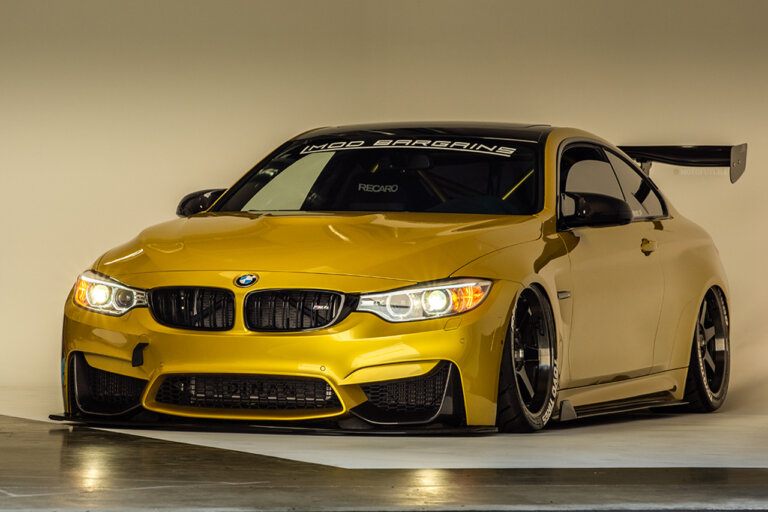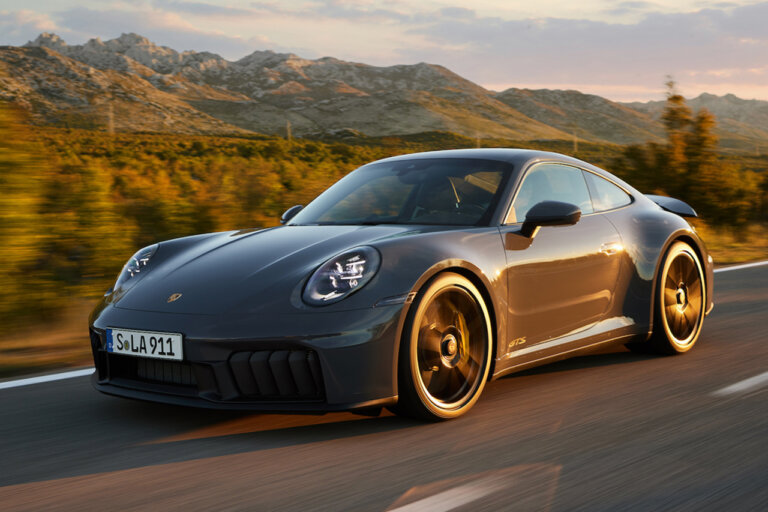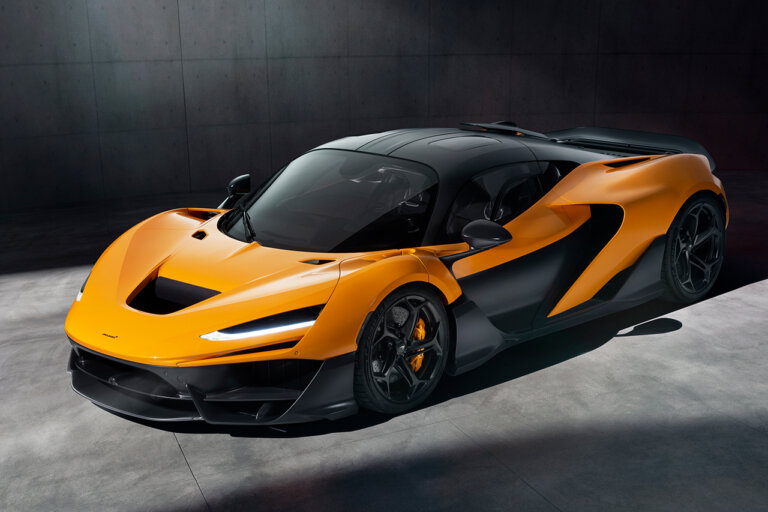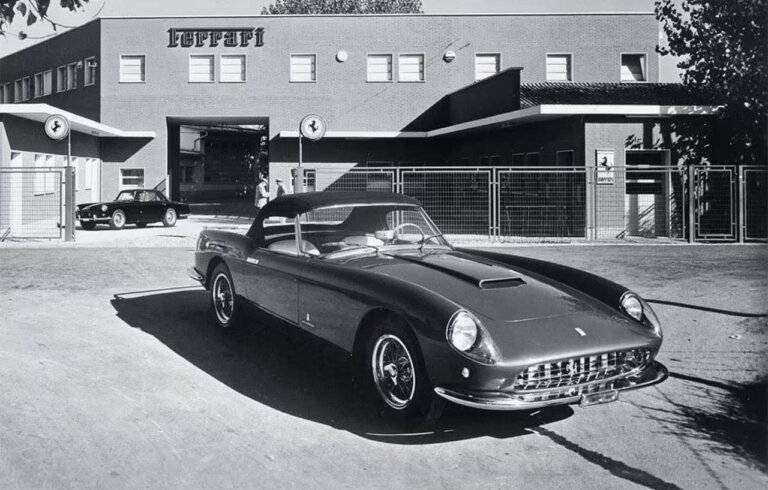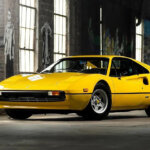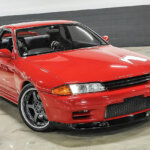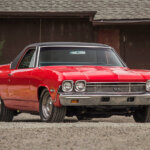Type 2 Kombi
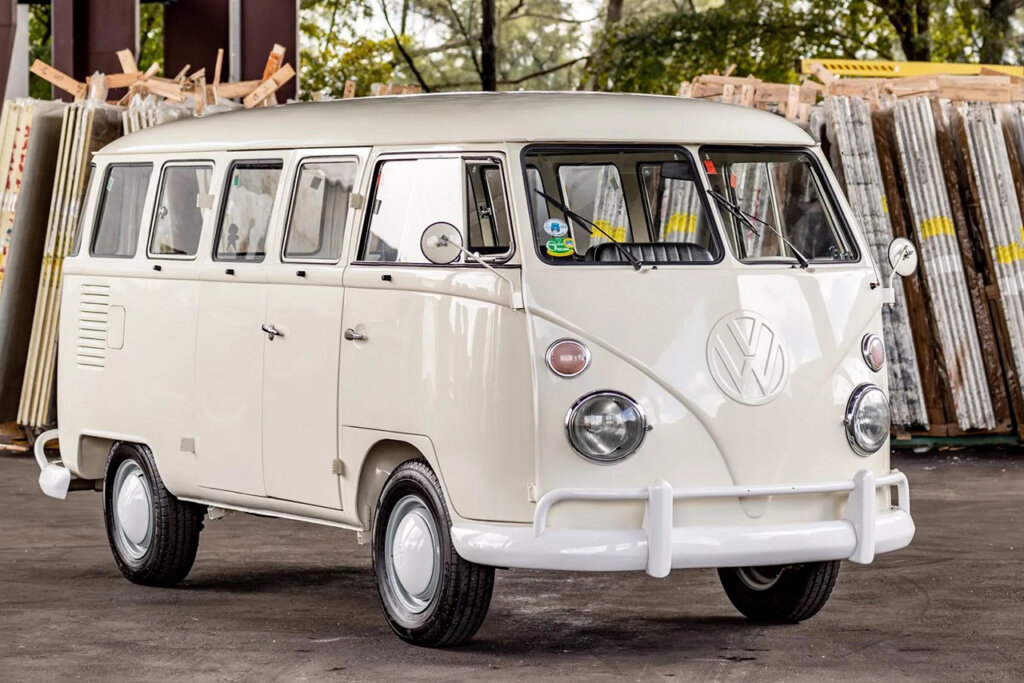
| Trim | Production | Engine | Power | Transmission | Drivetrain |
| T2 Kombi | 1967 – 1979 (Brazil produced until 2013) | 1.7L – 1.8L B4 “Pancake Engine” (Rear-engine) | 66 – 70 HP / 67 – 71 PS / 49 – 52 kW | 4-Speed Manual 3-Speed Automatic | RWD |
The Kombi variant, short for Kombinationskraftwagen (combined-use vehicle), was the utilitarian workhorse of the Type 2 lineup. Introduced in 1950, the Kombi offered a simple yet robust interior with removable seats, making it an ideal choice for various commercial purposes. As it transformed into a cargo van with ample space for transporting goods. Its flexible interior layout became one of its key features setting the Kombi apart from other vans & options at the time. This adaptability made it a popular choice for various commercial purposes, such as delivery vehicles, ambulances, and even as a small school bus. As time and technology progressed there was a change in the early models equipped with a modest 1.1-liter engine, but more powerful engine options became available, improving the Kombi’s performance and versatility (1.7 and 1.8L Package Engines).
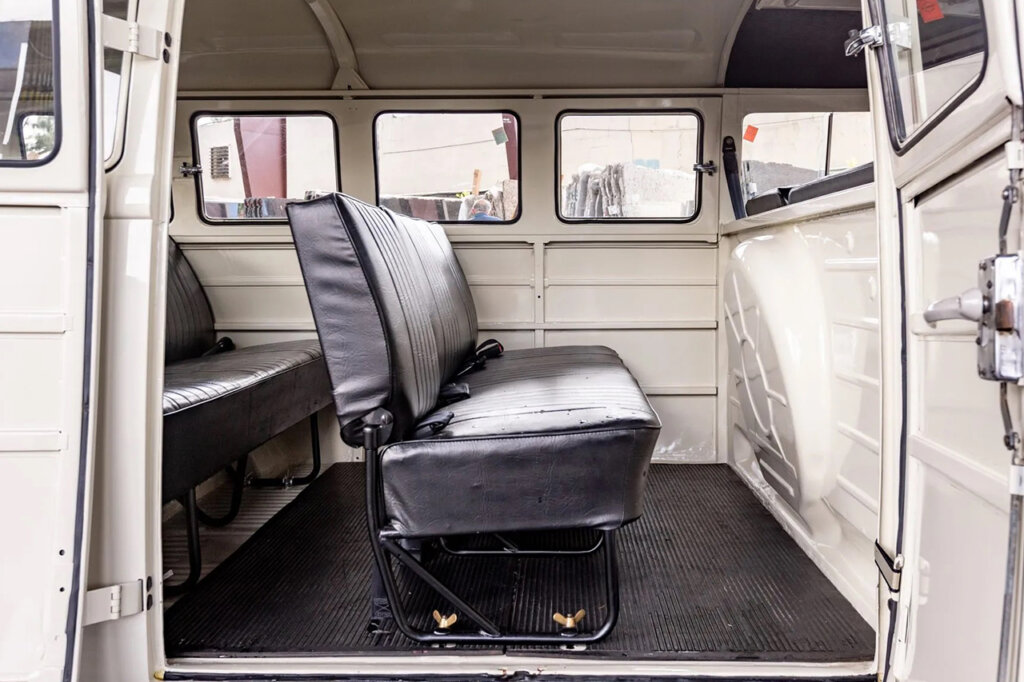
Source: Bring-A-Trailer

